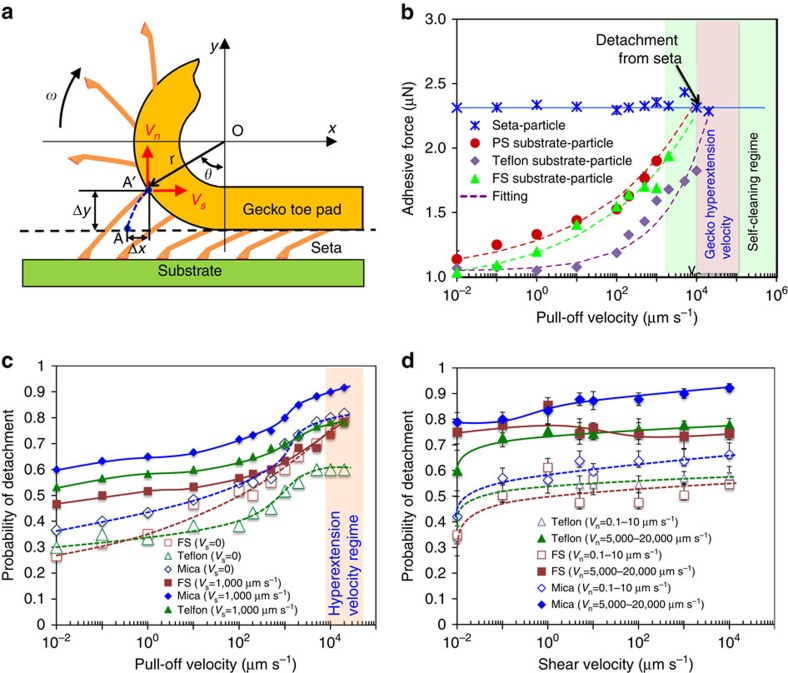Figure 2. Gecko hyperextension and the probability of particle detachment from single setae.
(a) Schematic of gecko toe pad scrolling motion under digital hyperextension, which is modelled as a rolling motion of a circle, with a radius r, along a horizontal plane. The trajectory of a setal root (for example, from point A to A') follows the corresponding cycloid curve (for example, blue dashed line) depending on the specific location of each seta. The hyperextension generates normal velocity (Vn) as well as shear velocity (Vs) on the setal roots. (b) Dynamic adhesion responses between single seta and glass microsphere (Fs-p) and those between SiO2 microparticles (d=10 μm) and FS, PS and teflon substrates (Fw-p) with increasing pull-off velocity (Vn). Probability of the SiO2 particle (d=10–15 μm) detachment events from setae in 30-time trials on fused silica, mica and Teflon substrates as a function of (c) the pull-off velocity for shear velocities of 0, and 1,000 μm s−1 and a preload of 1 μN, and (d) shear velocity at a preload of 1 μN for different pull-off velocities (error bar: s.d.). For the seta-particle contact experiments in (b), the microparticles are detached from the seta at 1,000–10,000 μm s−1, depending on the type of substrates. These values are critical velocities Vc, above which the particles are detached from the setae. Note that the pull-off velocity of gecko setae during animal walking is estimated to be 10,000–30,000 μm s−1, larger than the critical velocity Vc, suggesting that Tokay geckos' adhesive toe pads are always in the ‘self-cleaning regime' during animal locomotion. The estimated gecko pull-off velocity is illustrated in (b) and (c).

